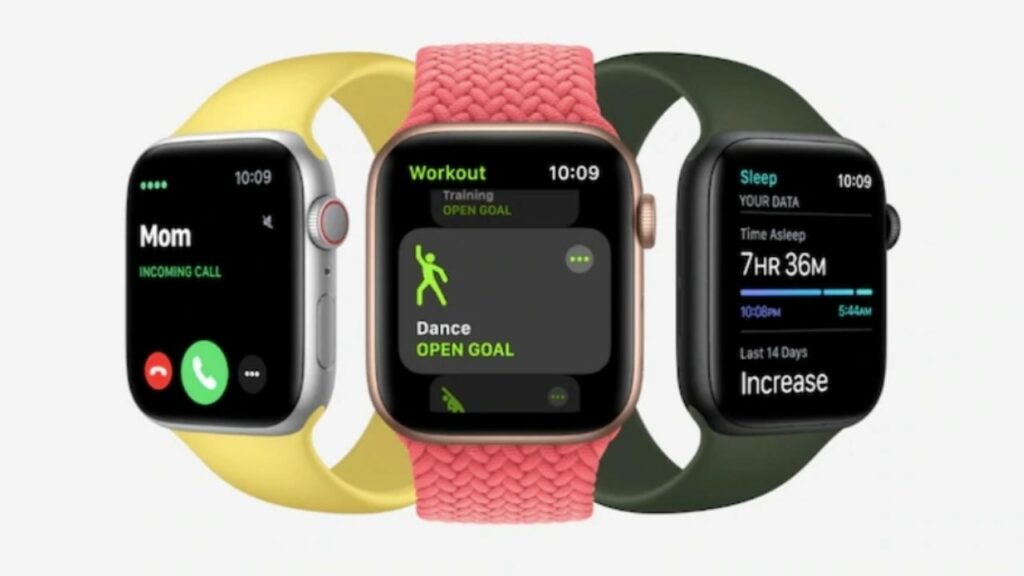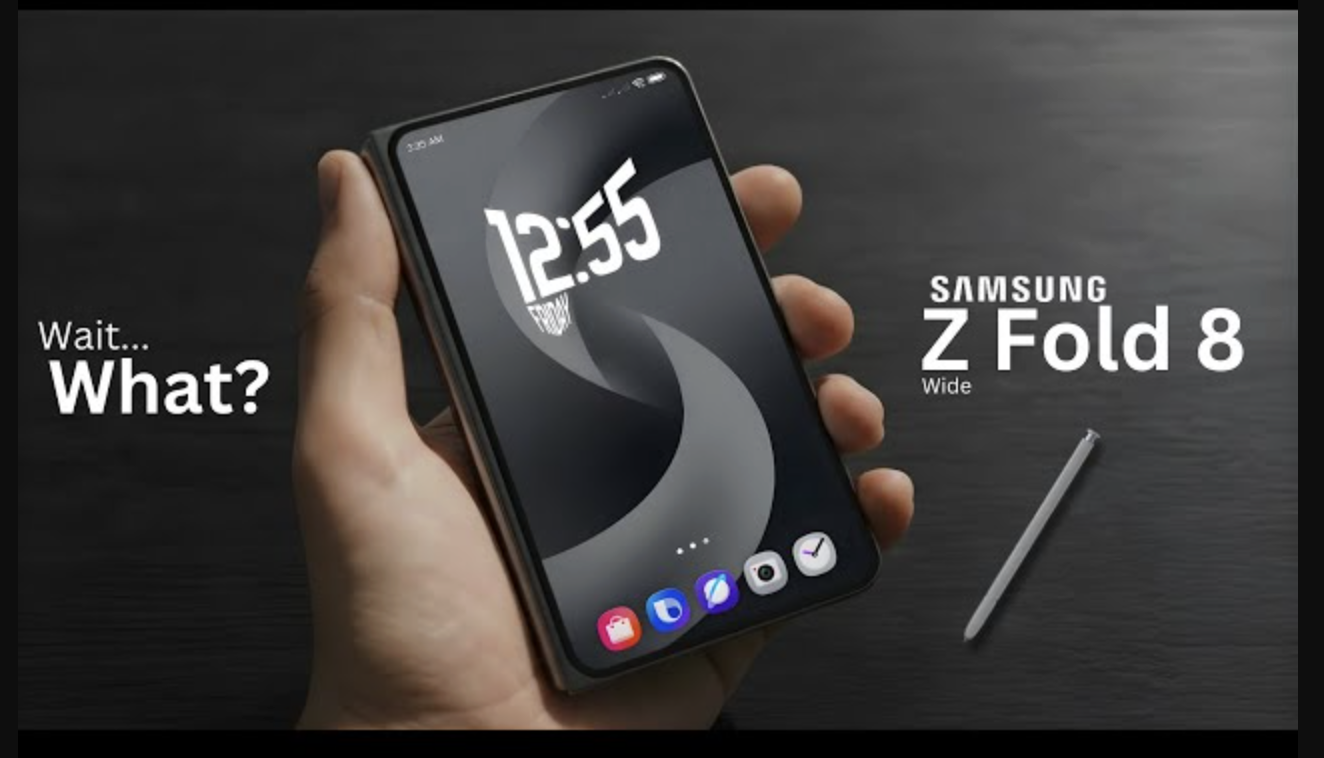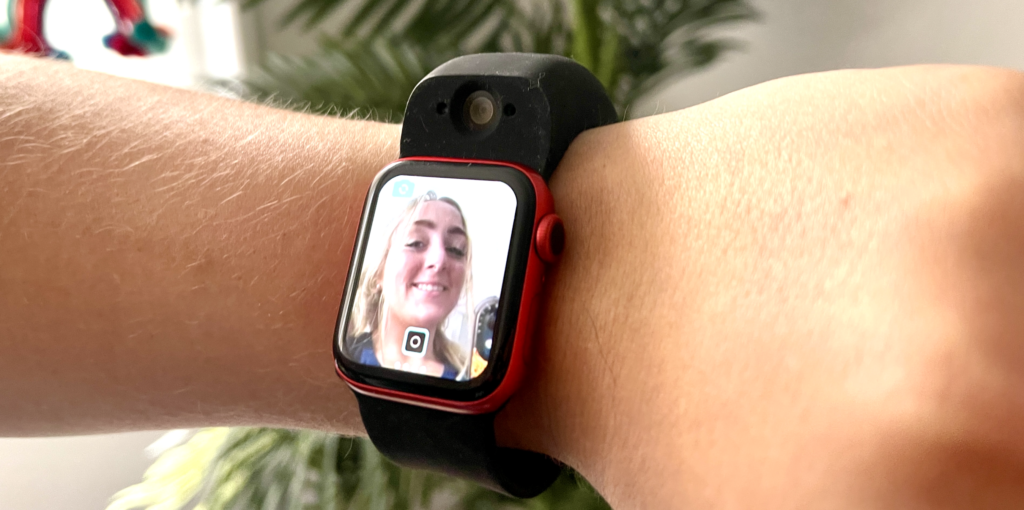Apple has been working on adding the feature of noninvasive and continuous blood glucose monitoring to its devices.
Concept, Background

Dubbed E5, the project intends to measure how much glucose is in someone’s body without needing to prick the skin for blood.
By adding the monitoring system to, say, an Apple Watch, the ultimate goal is to make that device an essential item for scores of diabetics around the world.
The project has been researched within Apple for over 12 years which goes back to the end of the Steve Jobs era and before the release of the first Apple Watch.
Latest developments
The company now believes it could eventually bring glucose monitoring to market.
If it eventually hits the markets, it would be a boon to diabetics and help cement Apple as a powerhouse now in health care as well.
The project apparently has “hundreds” of engineers working on it as part of the Exploratory Design Group (XDG) within Apple, where it simply goes by the project designation “E5.”
Significance
It’s one of the most covert initiatives at the famously secretive company.
Roughly 1 in 10 Americans have diabetes, and not to mention hundreds of millions worldwide typically rely on a device that pokes the skin for a blood sample.
There are also patches from Dexcom Inc. and Abbott Laboratories that are inserted into the skin but need to be replaced about every two weeks.
How it would work
Apple is taking a different approach called optical absorption spectroscopy.
It uses lasers with specific wavelengths of light into the skin in areas where substances leak out of capillaries.
The light is absorbed by glucose and reflected back to the sensor, where an algorithm then determines a person’s blood glucose level.
The light is then reflected back to the sensor in a way that indicates the concentration of glucose.
An algorithm then determines a person’s blood glucose level.
‘Proof of concept’ stage
As per a Bloomberg report, Apple has tested the system on hundreds of humans over the past decade, including those without diabetes, prediabetics, and diabetics.
It has then compared the results to traditional blood-drawing methods.
After several recent “major milestones,” the project is now considered to be at a “proof of concept” stage.
Hold your breath
However one should not expect the upcoming Apple Watch Series 9 to feature this technology when it is introduced in the fall–or even next year’s rumored Apple Watch X.
As mentioned, the tech is simply at a “proof of concept” stage and researchers are now working on a smaller version roughly the size of an iPhone that could be strapped to a person’s bicep.
Still a long way to go
Understandably, there’s still a long way to go before it is shrunk down to a level where it could be incorporated into an Apple Watch.
Still, at least there has been significant progress at one of the company’s most secretive and possibly path breaking projects- if high end Android phone makers don’t beat it to the punch, that is!













